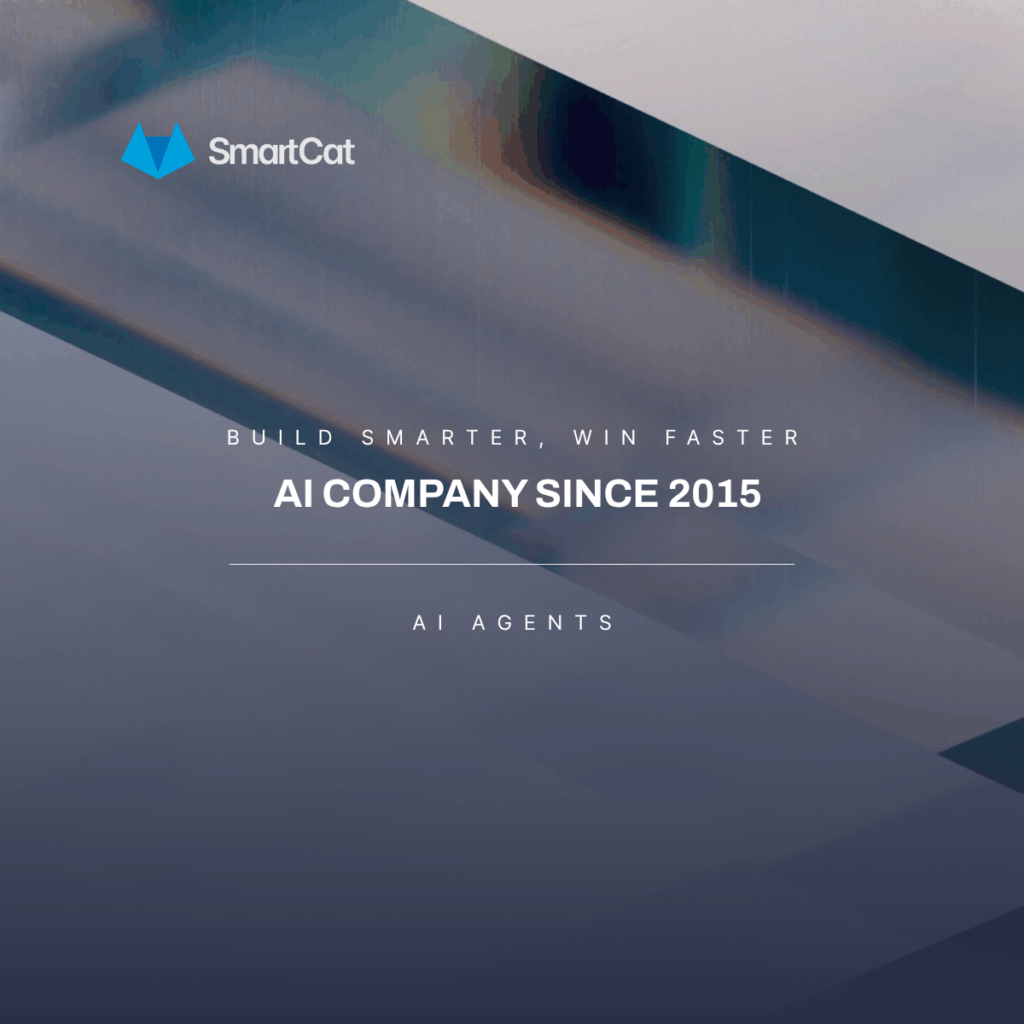
This is the English translation of the article originally published in the magazine Internet Ogledalo, special edition AI – Enhancing Business. You can read the original version (in Serbian) here.
In December 2023, during an important meeting with a client in the energy sector, our sales team was asked to present concrete results of our solution from the previous quarter – in real time, and in the context of similar industry conditions.
Previously, this would have required returning to the office, manually searching internal databases and documentation, and then sending a follow-up report – often followed by an additional meeting.
But this time, in front of the client, our colleague opened our internal “Company Mind Assistant” – an AI agent trained on our entire knowledge base, documentation, past projects, and even relevant market analyses. With a single precise query, he received the full picture – numbers, context, trends.
This wasn’t a tech gimmick. It was a demonstration of how companies that seriously invest in AI agents are not only changing how they communicate, but how they think, decide, and build relationships.

AI Agents: Teammates That Never Sleep
Today’s AI agents are far beyond the simple chatbots of the past. They now understand the context of questions, a company’s communication style, and connect information from different sources. Thanks to advanced NLP and NLU algorithms, and mechanisms like Retrieval-Augmented Generation (RAG), they can swiftly search vector knowledge bases and deliver accurate, helpful, and personalized answers.
They learn from every interaction and continuously improve. They are no longer just answering questions – they actively support teams in daily operations: customer support, internal communication, meeting preparation, and onboarding of new employees.

When Knowledge Isn’t Accessible, You Lose Time, Trust, and Money
In most companies, information is fragmented. Hidden in internal documents, buried in emails, forgotten in unindexed PDFs, or simply gone with the person who left.
When a user asks a question, the team spends time searching for answers instead of solving the problem. When a new hire joins, they learn by trial and error. When an analyst needs insight, they spend hours instead of minutes.
AI agents solve precisely this. They become a smart layer between the user and the knowledge. Their strength lies in the ability to contextually connect information, recognize patterns in queries, extract relevant data from multiple sources, and deliver a clear, personalized response.
“Every time an AI agent responds, it improves. Every time we add a validated answer, it remembers.”
Humans Stay at the Center, But With AI as a Tool
The role of employees is evolving, but not disappearing. Some of the most successful AI agent implementations come from sectors where speed is crucial and mistakes are costly.
In one logistics company, a team member responsible for operational coordination uses an AI assistant daily to check the latest protocols, analyze reports, and simulate the potential effects of delays. Instead of relying on gut feeling or manually digging through documents, they make real-time, data-supported decisions.
In sales, agents serve as predictive assistants: helping prep meetings, analyzing past client interactions, and suggesting the most impactful references. In HR, agents assist with onboarding, answer procedural questions, and speed up team integration.
In all these cases, technology doesn’t replace expertise – it amplifies it. People still lead relationships, negotiations, and strategy – but with less friction, less dependence on memory, and more reliance on data.
What Does Working What Working With an AI Agent Looks Like
Over the past year, SmartCat organized a series of meetups on the practical use of AI agents in some of Europe’s most dynamic tech hubs: London, Berlin, and Amsterdam.
At these events, we spoke with CTOs, product leaders, and data engineers about real-world challenges, infrastructure requirements, and everyday outcomes achieved through these solutions.
Interestingly, nearly identical questions arose in all three cities:
- How do we know the agent provides trustworthy information?
- Who controls the decision-making processes the agent supports?
- How do we prevent the agent from becoming a “black box” we blindly trust?
These discussions were valuable, showing that the market is maturing – it’s no longer just about building an agent, but about how to trust it, maintain it, and make it part of a culture of accountability rather than just a scaling tool.
Our key takeaway: The success of AI agents doesn’t depend solely on model performance, but on how they are integrated into systems of trust, knowledge governance, and quality control.
Technology without context brings speed – but not necessarily safety. And trust in agents begins with trust in the team that built them.
Behind the Scenes: Architecture That Supports AI Agents
A fascinating example of the infrastructure behind such agents was shared in a joint blog with partners from Weaviate and Databricks, as well as through experiences with Pinecone.
We showcased how integration between Databricks Marketplace and Weaviate’s vector knowledge base works via Spark connectors and RAG mechanisms, using vector and hybrid search on Databricks endpoints – with Pinecone providing a scalable, reliable vector system layer.
These architectures enable fast, precise, production-ready implementation of agent-based AI solutions.
👉 Read the full blog
👉 Explore the implementation guide
Why Infrastructure Matters
The quality of answers depends directly on the quality and freshness of the data the agent uses.
That’s why increasing attention is paid to what’s behind the scenes: how data sources are connected, how consistency is maintained, and how security layers enable accountability and control.
Our collaboration with Weaviate and Databricks clearly showed: strong infrastructure is not just a technical requirement – it’s a prerequisite for trust.
Without it, agents cannot deliver accuracy, speed, or credibility.
In a world where speed of decision-making is critical and knowledge is fragmented, AI agents aren’t just innovation – they’re necessity.
But, like any major technological shift, this one too comes with consequences.
What’s Next? The Future of AI Agents
AI agents are already here – and they work. But the next stage of development is even more ambitious:
- Multimodal agents that understand text, image, and sound
- Proactive agents that don’t wait for questions, but offer suggestions
- Agents with their own KPIs and defined team roles – digital colleagues
SmartCat is part of this transition. Not as a vendor, but as a strategic partner. Our approach is holistic: from technology selection, through organizational readiness, to team education for real-world usage. We believe true value emerges when technology and context, data and people, are brought together.
In the End: AI Doesn’t Replace People, But It Changes the Rules of the Game
No matter how sophisticated AI agents become, without stable, reliable, and scalable infrastructure, their value remains limited.
If AI becomes a shortcut for thinking, there’s a risk of weakening critical reasoning. And when trust in AI becomes blind, we lose the space for healthy skepticism – which is essential in business decision-making.
That’s why the responsibility lies with leaders – to use this technology not as a replacement for thinking, but as a support for it.
Agents can speed up work, enhance user experience, and free up time.
But they cannot, and should not, replace human intuition, experience, or values.
At SmartCat, we believe in responsible, transparent, and purposeful application of AI. That’s why we don’t just build agents – we build trust between people and machines.
And in that relationship – where technology isn’t idealized, but used thoughtfully – lies the true strength of AI transformation.






